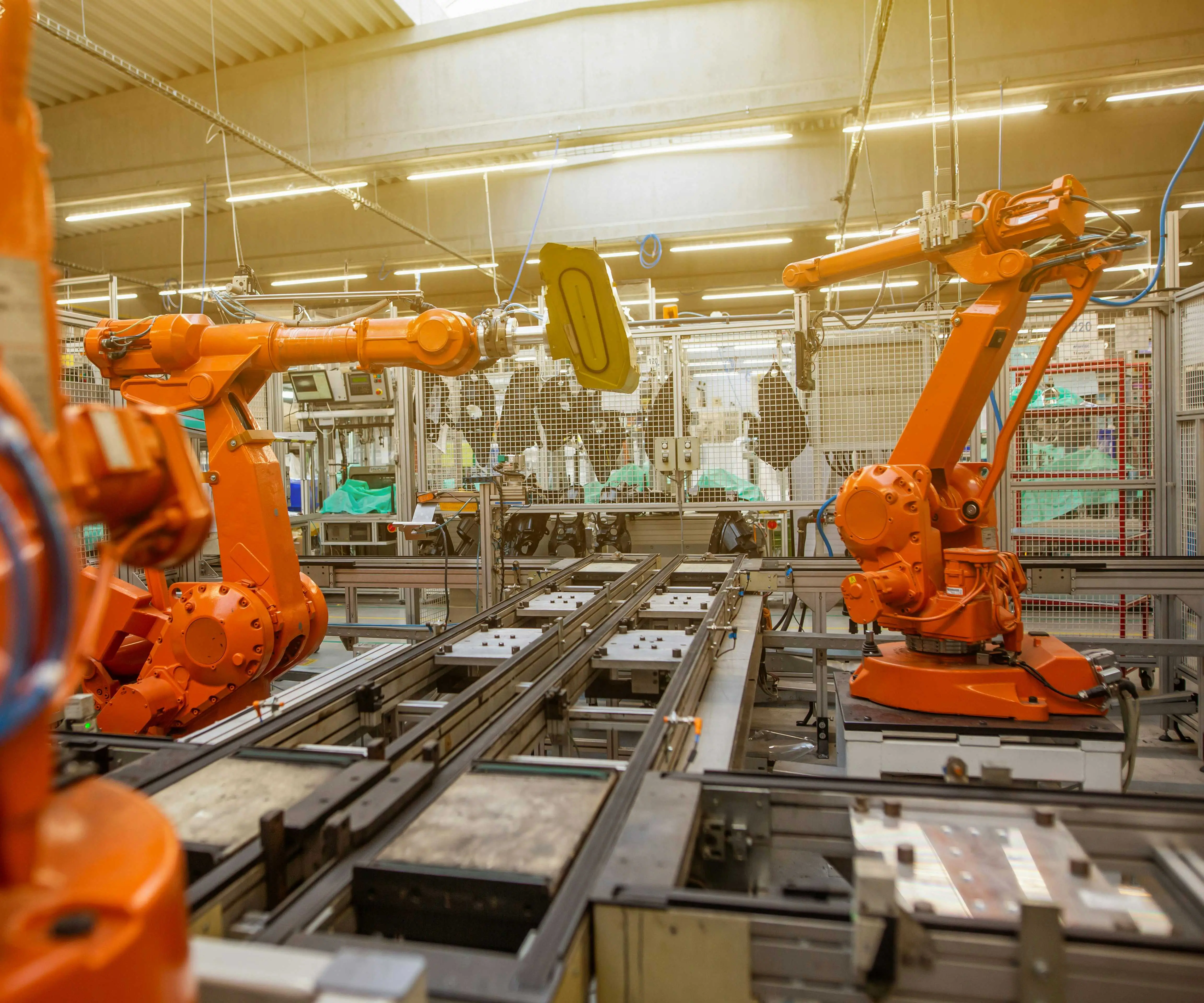Ever tried turning a tiny motor with a tiny brain? That’s where connecting a servomotor to an Arduino becomes almost like magic, but it’s really just a dance between programming and wiring. When you get that setup right, it’s like giving your project a new life—tiny movements, smart control, and endless possibilities.

First, let’s talk about what makes a servomotor special. Unlike regular motors that just spin endlessly, servos respond to specific signals, allowing precise control of angles and speeds. Imagine, for a second, building a robotic arm that can pick up objects or a camera tilt that follows a scene smoothly. That’s where the magic comes in. You tell the servo how far to turn, and it obeys—so predictable, so satisfying.
Now, connecting it to an Arduino, that’s straightforward but requires some attention. Think of it as a conversation—your Arduino sending tiny messages, telling the servo, “Hey, turn to 90 degrees,” or “slow down a bit.” You’ll need a power supply that can handle the servo’s needs; often, it prefers a separate power source than the Arduino itself—don’t let the servo drain your main board’s power or your project might freeze. The typical wires are pretty user-friendly: power (red), ground (black or brown), and the control signal (white, yellow, or whatever color you prefer). Just plug those into the right pins, and voila—you’ve got a servo ready to dance.
But it's not just about plug-and-play. You want your servo to respond accurately, smoothly, right? That’s where programming steps in. Arduino code usually involves attaching the servo library, defining the control pin, and then sending commands with functions like “write” to set angles. Once everything’s wired and coded, what happens? The servo moves to the chosen position, smoothly or rapidly, depending on how you program it. That fluidity is crucial—sometimes a tiny delay can make your project look more natural, almost organic.
Don’t forget about safety—overloading the servo or giving it commands outside its range can cause trouble. Checking the specifications helps avoid headaches. And the options? Plenty. High-torque servos for heavy tasks, micro servos for compact projects, or even digital servos for faster response times. It’s like choosing the right tool for the job—each has its quirks, but all can be tamed with some patience and fiddling.
Curious about the best way to troubleshoot? If the servo doesn’t move, double-check your wiring; if it jitters, maybe the power isn’t enough. Sometimes, it’s as simple as adding a small capacitor across the power lines to filter noise. Small tweaks can make a big difference. Many hobbyists love experimenting with sweeping motions or creating complex routines—just imagine the scope when those tiny movements transform into intricate behaviors.
The beauty of using a KPOWER product, for example, comes down to reliability and ease of use. Compact design, dependable components, straightforward wiring—everything is geared toward making your project come alive with less hassle. Whether you’re building a robot arm, a camera tracker, or a remote-controlled vehicle, connecting a servomotor to an Arduino is a gateway to a universe of creativity.
So, what’s next? Maybe you’re wondering how to scale up your project or integrate multiple servos together? No worries—once you get the hang of controlling one, managing several becomes just a matter of expanding your code and organizing your wiring. With a little ingenuity, those tiny servos can power anything from simple devices to complex automations.
Envision the projects already buzzing in your mind—there’s so much potential. All it takes is that first step, connecting your servomotor and Arduino, then letting your ideas take shape. Those small links—wires, code, patience—spark the big innovations. Dive in, experiment, and watch your ideas come alive with a flick of a finger, a turn of a servo.
Established in 2005, Kpower has been dedicated to a professional compact motion unit manufacturer, headquartered in Dongguan, Guangdong Province, China. Leveraging innovations in modular drive technology, Kpower integrates high-performance motors, precision reducers, and multi-protocol control systems to provide efficient and customized smart drive system solutions. Kpower has delivered professional drive system solutions to over 500 enterprise clients globally with products covering various fields such as Smart Home Systems, Automatic Electronics, Robotics, Precision Agriculture, Drones, and Industrial Automation.




































